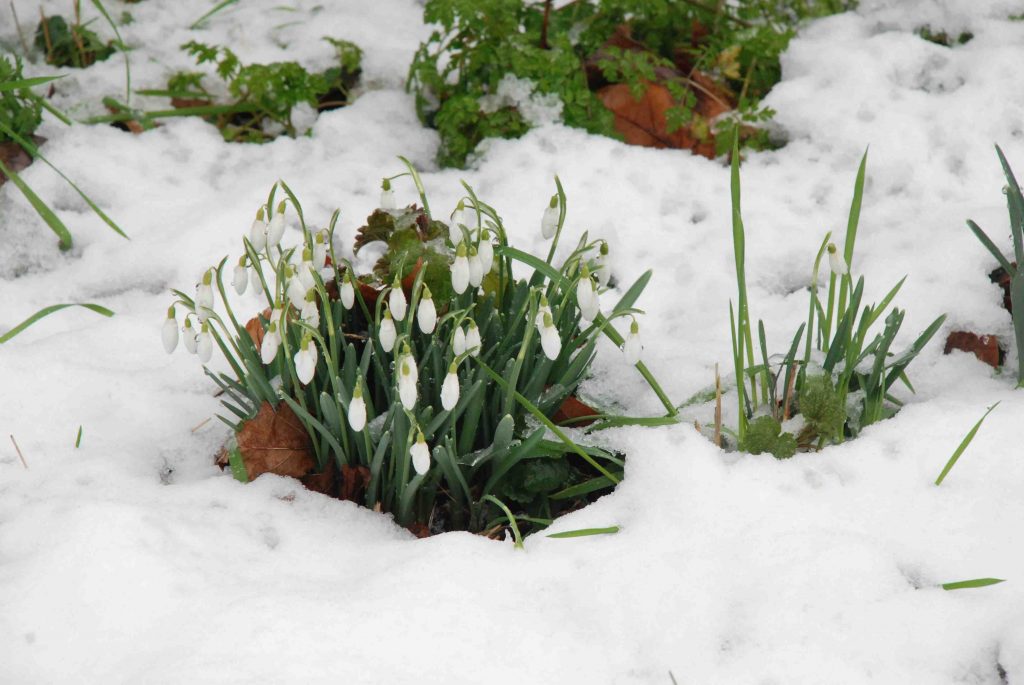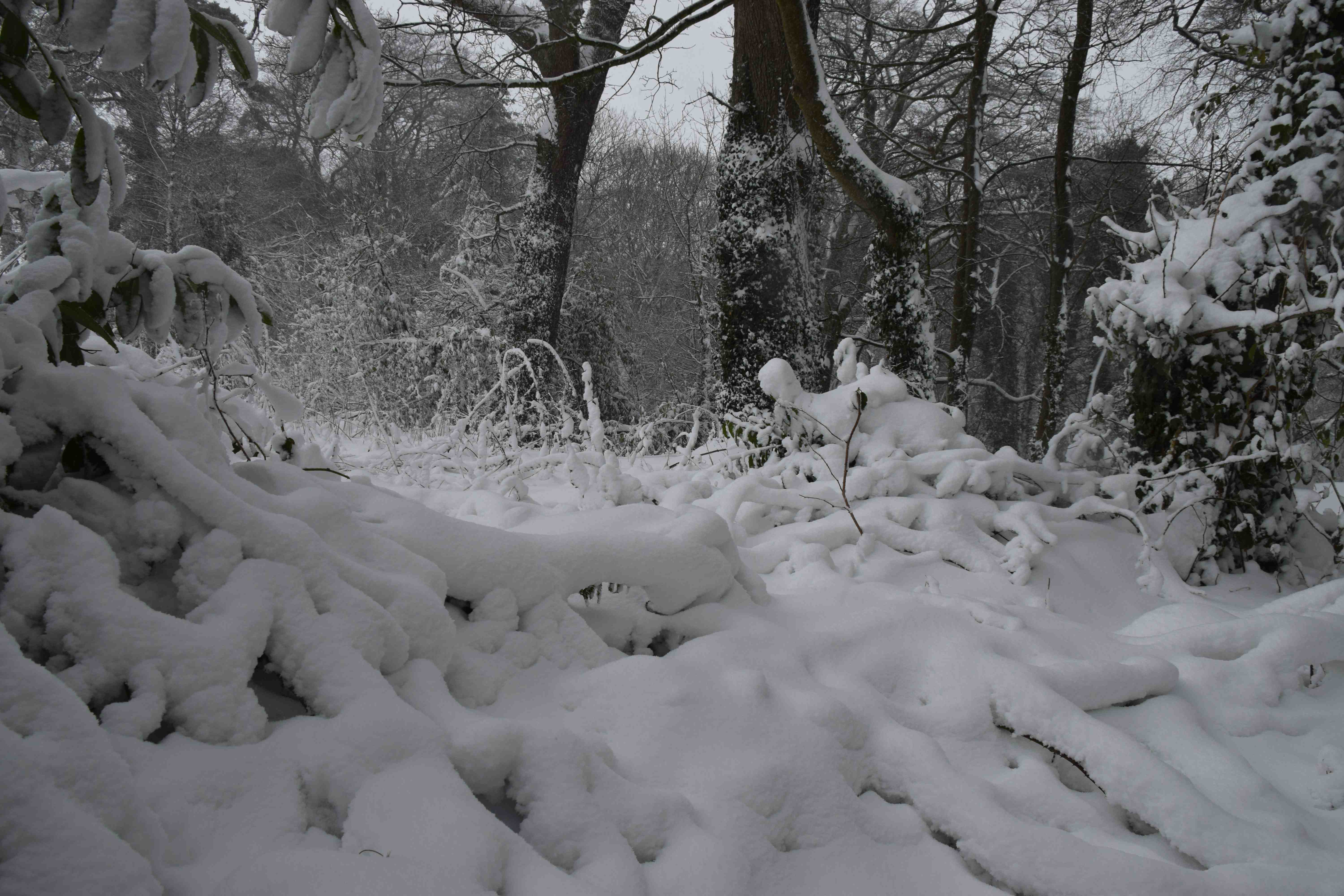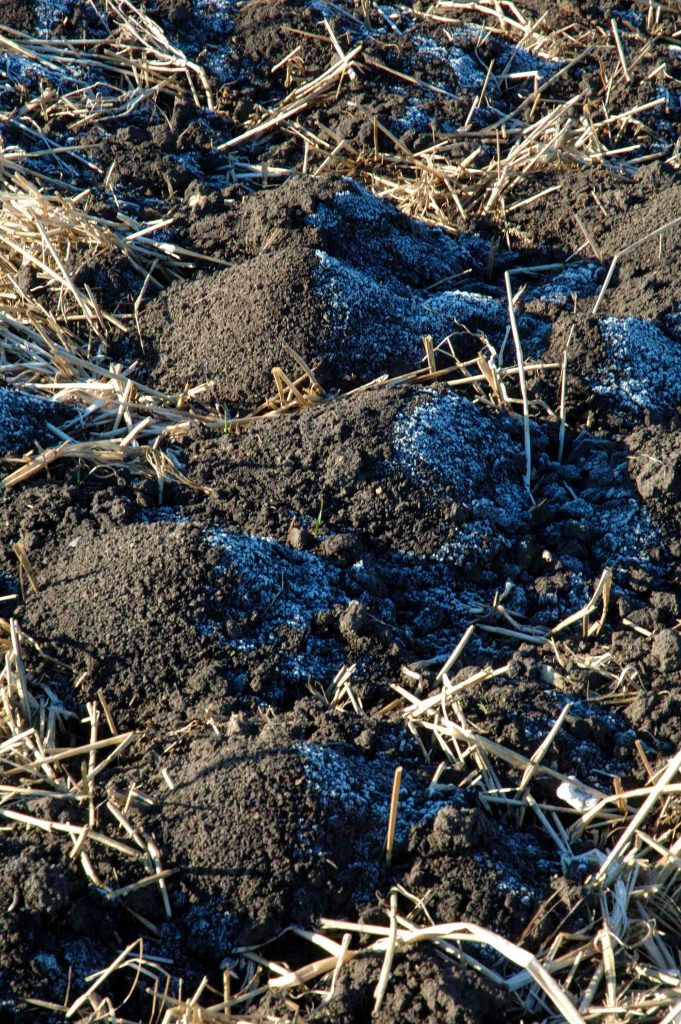The New Year may not have started with the good news we all wanted but our gardens still need our attention, when it is appropriate. The trouble is, that although there is lots I should be getting on with, soil conditions and the weather are not helping much.

After all the recent rain the soil is saturated, making it difficult to dig and now we are in a freeze-thaw cycle with hard frosts in the morning. If you have heavy (clay) soil especially, it is best to keep off the soil and when it is frosty you should keep off the lawn. The latter is tricky at the moment when I have to take the cat out for her early morning walk. But at least it means I can top up the bird feeders – while she swears at the finches and tits and wonders why I have not fed her yet.

Fortunately, we have not yet had snow but the garden is white every morning. Both photo are from previous years since the snowdrops have not yet managed to poke their noses above the soil.
Keeping off the frosted grass is important because the grass will go black where you tear on it and will take a time to recover. Walking over the same area every day will damage the grass and compress the soil, leading to extra work in spring trying to help the grass recover.
But if the weather allows, this is a good time to dig. Digging the soil is not necessary every year and I would only dig the veg beds every year but it is helpful in new gardens like mine. Digging is not universally loved these days and many argue that it can damage the natural soil flora and fauna and earthworms. But, in new gardens and where the soil is compacted, it is the best way to improve the soil. Even without double-digging, where a trench is taken out and the lower soil forked over, you can spread compost on the surface and dig it in, and this will incorporate the organic matter, improving the structure of the soil and the drainage. It also gets the organic matter deep down and increases the depth of fertile soil.
Digging in cold weather with frost forecast not only keeps you warm but it then exposes the soil clumps to frost and this will help the structure too.

The freeze-thaw-action will reduce large clumps into mounds of fine soil. But this is only temporary and if you stomp all over it without mixing in organic matter any advantage is lost. Winter digging is most useful on heavy soils. It can be argued that on light soils, which leach nutrients in wet weather without a cover of plants, it is best to sow a winter green manure such as mustard, and dig in once spring has arrived. I would even leave a cover of annual weeds to prevent loss of nutrients and then dig this in in February so the weeds are starting to decompose before the veg are sown or planted in spring.
The pace of change is slow in the garden in January but it means we can get ready for spring at our own pace. But this quiet period will not last for ever. When it is cold and windy outside, when the wind is biting, it can be tempting to stay indoors with a cuppa. But just an hour in the garden can be productive. Just choose the right moment. As I write the frost is lifting and I need to get out for an hour or two before lunch. Then an afternoon by the fire will be extra special.